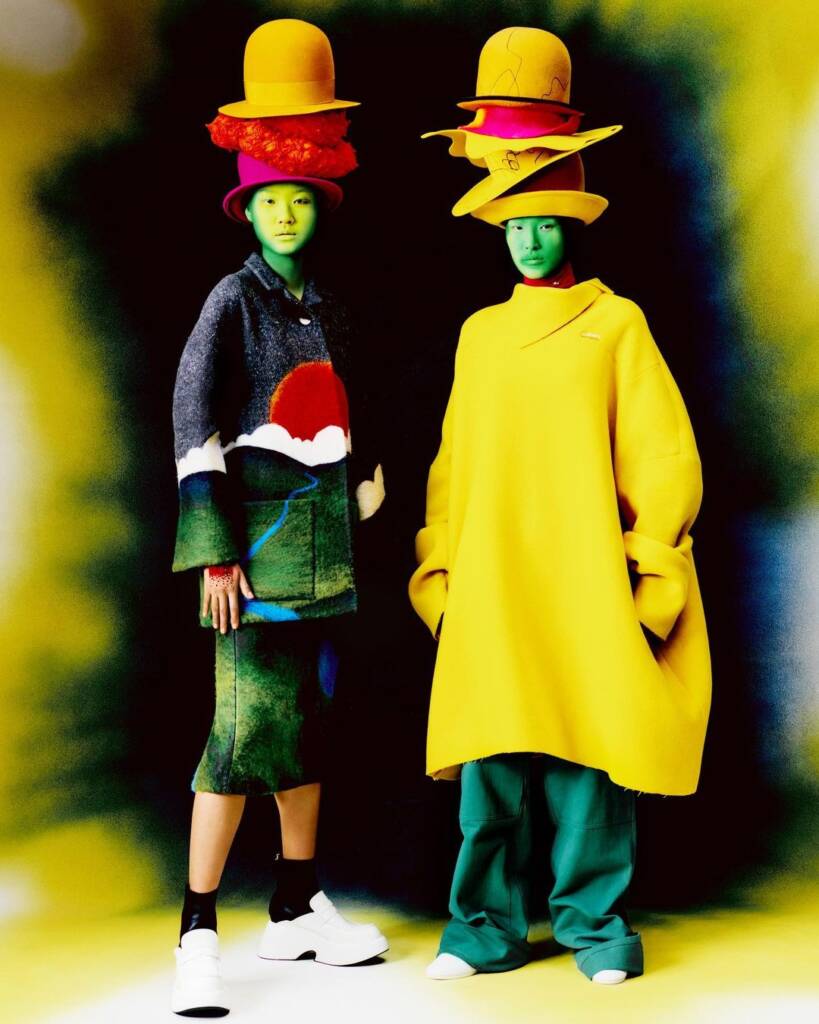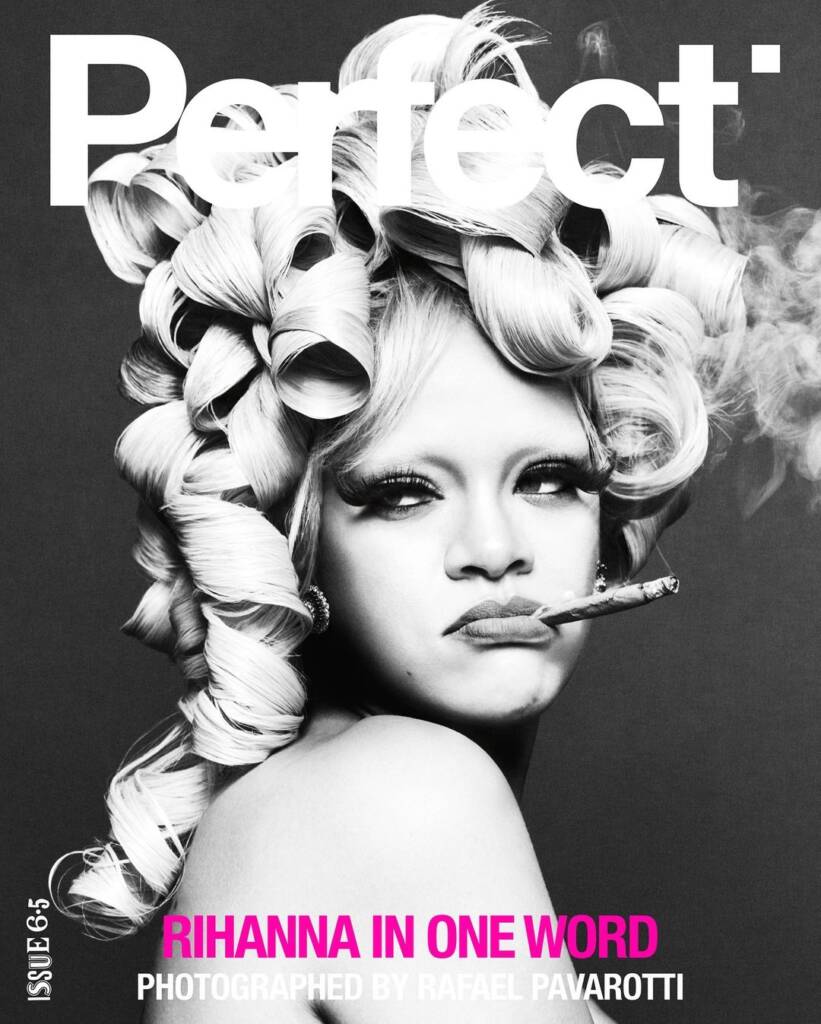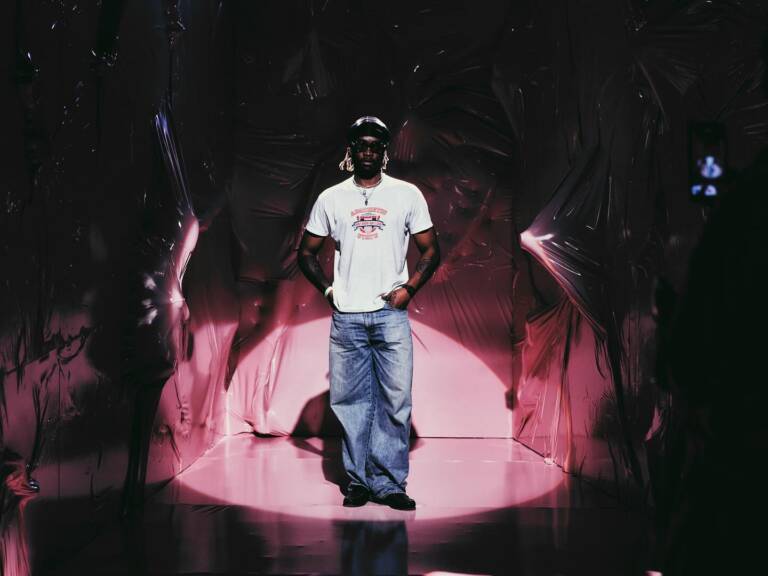

Ever thought a room could feel alive? Ibby Njoya, the Cameroonian-British artist and spatial designer, transforms everyday spaces into vibrant, living canvases. His work strips down the ordinary, using raw materials and a fearless vision to create environments that speak for themselves. Ibby’s designs don’t just fill a space – they challenge what a room can be, turning architecture into art for the here and now.
hube: Your sets often feel like living, breathing worlds – full of secrets and layered textures. When you’re conceptualising, are you building from a memory, a feeling, or pure imagination?
Ibby Njoya: All of them. It’s impossible to imagine without memory and feelings.
h: Your recent collaboration with Campbell Addy for the I <3 Campbell’s exhibition explored themes of identity and colour. How did you design a space that amplified his photography while keeping your unique voice as a set designer?
IN: We spoke a lot about what Campbell wanted to say with his exhibition, and how he wanted people to feel. Through this, I tried expanding his photography into the space, as an extension of what was being said there.
h: For The Theory of Colour, you created a space that seemed to vibrate with energy. What inspired the project, and how do you translate abstract ideas about colour into something tangible and experiential?
IN: The theme of the project was Theory of Colour. I wanted to translate it into an immersive installation that would make people see the time passing through the colour movement. There are so many ways of perceiving and using colours, for me, I think I’m in a constant exploration of that.
h: You’ve worked with Paolo Roversi, Rafael Pavarotti, and Campbell Addy – each with a distinct visual language. How do you adapt your design approach to complement their unique storytelling styles?
IN: I think because we have a strong visual identity and we know how to communicate, we understand each other, and we can create infinite worlds together.

